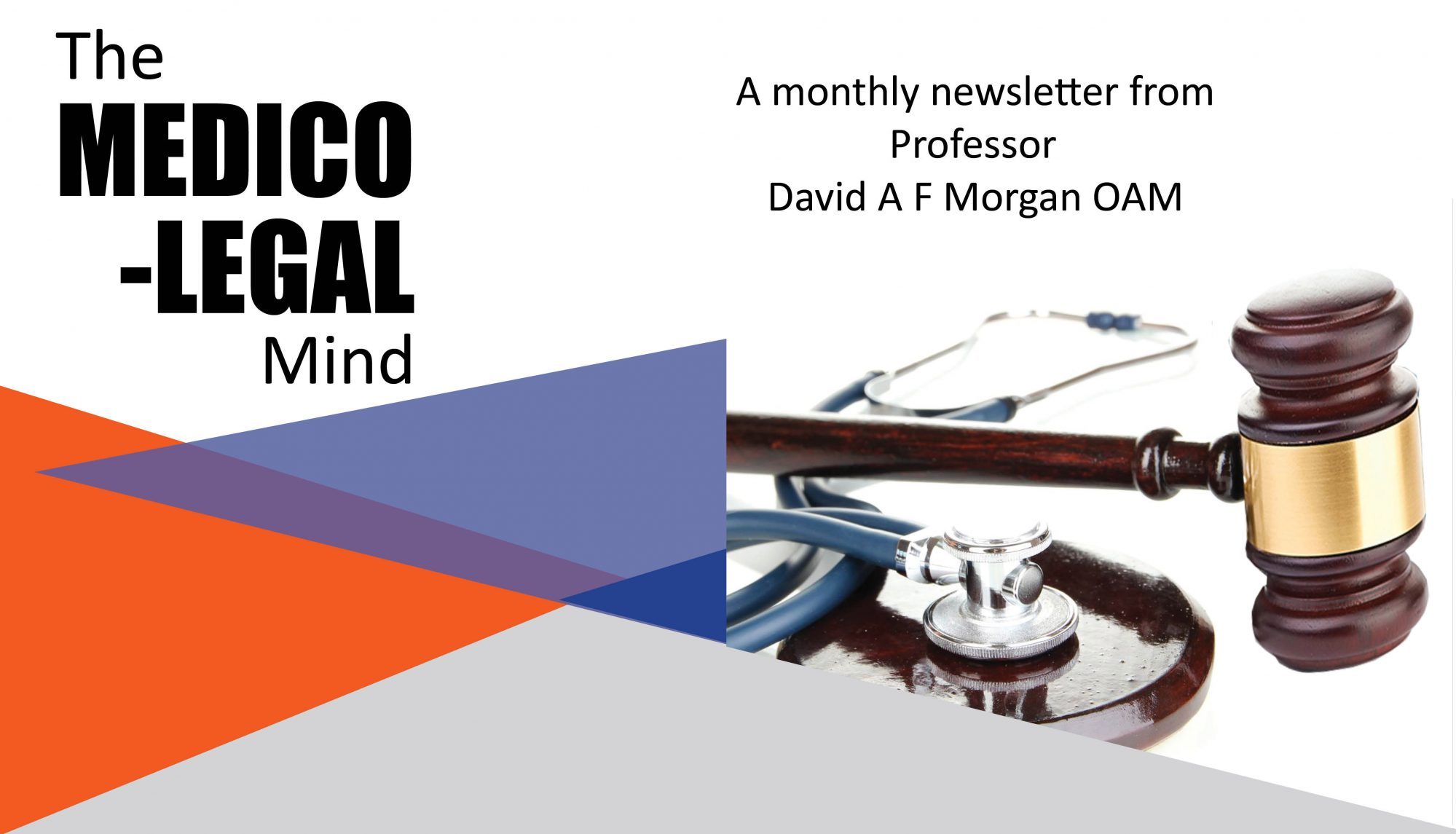CASE VIGNETTE – NOVEMBER 2019
Military Service and Tribunal Claims
When attempting to link orthopaedic pathological conditions with previous military service, the issue of causation can be particularly vexing.
All too often, the nexus is quite nebulous. For example, a 70 year old male with exceedingly severe degeneration or spondylosis throughout the cervical spine, the thoracic spine and the lumbar spine would have great difficulty in convincing a Tribunal that his widespread disease is due to a heavy landing in a helicopter during a training exercise 45 years previously. Despite the obvious difficulty, I do see litigants attempting to bridge the gap!

In securing belief in causation, there are several features which can be very helpful. They can be summarised as follows:
1. A Specific Event
This refers to an injury or accident that occurs at a defined moment, resulting in an obvious outcome of an adverse nature and leading to a recognised condition.
2. A Temporal Link
As the time from injury to the onset of symptoms increases, so does the presence of a causal link become more tenuous. If the fellow in the helicopter accident 45 years ago had immediately complained of pain, had it recorded and had an unbroken link between the event and his current claim, causation could be more certain.
3. Adequate Investigation and the Making of a Diagnosis
Rather than some vacuous (over time) injury that had never been investigated and with a diagnosis never having been made, an individual presenting with clear investigation results performed in a timely manner and resulting in a secure diagnosis, again points to a causative link appearing more obvious.
4. Operative Intervention
If the injury or insult is of such severity that operative intervention is required immediately or soon thereafter (or at least with a traceable link into the future), acceptance of causation is also more likely.

5. Adequate Notations
Our 70 year old with the trans-vertebral column degeneration had not been consulting with a General Practitioner, had not undergone any other investigations as an interim measure, had not received any form of treatment and could not reasonably link the event from 45 years ago with his current presentation. Conversely, if excellent notes had been made at the time, if he had been a regular attender with a practitioner who had also kept good records, and if he had been subjected to reasonable and diagnostic investigations and followed an expected natural history, then his claim may have been more palatable.

In essence therefore, none of us have a crystal ball which guarantees accuracy. All we can do is estimate, interpolate and extrapolate. The more secure the evidence, the more likely it is that causation can be confirmed.
